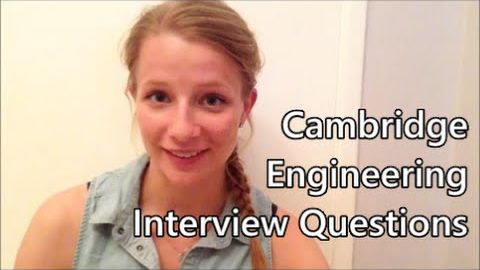
Subtitles & vocabulary
Cambridge Engineering Interview
00
John posted on 2018/03/08Save
Video vocabulary
essentially
US /ɪˈsenʃəli/
・
UK /ɪˈsenʃəli/
- Adverb
- Basically; (said when stating the basic facts)
- Used to emphasize the basic truth or fact of a situation.
A2
More quote
US /kwot/
・
UK /kwəʊt/
- Noun (Countable/Uncountable)
- Written statement of the cost of something
- The (often wise or famous) words of another person
- Transitive Verb
- To tell someone how much a task will cost
- To repeat precisely what a person said or wrote
A2TOEIC
More panic
US /ˈpænɪk/
・
UK /'pænɪk/
- Uncountable Noun
- Overwhelming feeling of fear and anxiety
- Intransitive Verb
- To feel sudden anxiety and fear and cannot think
B1
More arbitrary
US /ˈɑrbɪˌtrɛri/
・
UK /ˈɑ:bitrəri/
- Adjective
- (Of decisions) unsupported; without any evidence
- Based on random choice or personal whim, rather than any reason or system.
B1TOEIC
More Use Energy
Unlock All Vocabulary
Unlock pronunciation, explanations, and filters
